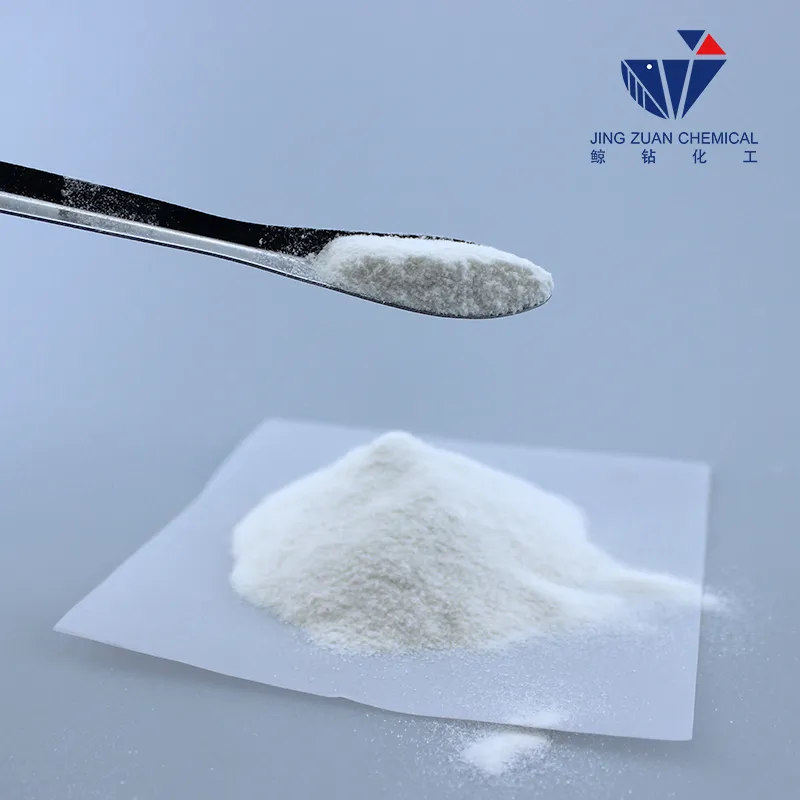
dec . 20, 2024 11:54 Back to list
hpmc types
Understanding HPMC Types A Comprehensive Overview
Hydroxypropyl Methylcellulose (HPMC) is a widely utilized cellulose derivative with unique properties, making it invaluable in various industries, particularly in pharmaceuticals, food, and construction. Its versatility stems from its unique chemical structure and the modifications made during its production. The types of HPMC are classified based on different parameters such as viscosity, substitution degree, and solubility, each serving specific purposes and applications.
Understanding HPMC Types A Comprehensive Overview
Another essential aspect defining HPMC types is the degree of substitution (DS), which refers to the average number of hydroxypropyl and methoxy groups attached to each anhydroglucose unit of the cellulose polymer. This DS not only influences the solubility of HPMC in water but also affects its gelation properties. HPMC with a high DS is generally more soluble in cold water, making it suitable for instant food applications and various pharmaceutical formulations. Conversely, HPMC with a low degree of substitution exhibits better gel-forming capabilities, which is valuable in preparing sustained-release drug formulations.
hpmc types

Solubility is another critical factor that differentiates HPMC types. While most HPMC grades are soluble in water, the conditions of solubility can vary significantly based on their chemical modifications. For example, HPMC can be classified into three categories HPMC, HPMCAS (hydroxypropyl methylcellulose acetate succinate), and HPMCP (hydroxypropyl methylcellulose phthalate). HPMCAS is particularly notable for its use in pharmaceutical applications as an enteric coating agent due to its ability to remain stable in the acidic environment of the stomach and dissolve in the more alkaline conditions of the intestines. HPMCP, similarly used as an enteric coating, further showcases the adaptability of HPMC derivatives in meeting specific industrial requirements.
HPMC also finds extensive applications outside of pharmaceuticals. In the food industry, it is used as a food additive, providing texture and stability to various products, including sauces and ice creams. Its ability to retain moisture makes it a popular choice for improving shelf life and quality in baked goods. In construction, HPMC serves as an essential additive in cement-based systems, enhancing the workability and adhesion properties of mortar and plaster.
Additionally, the environmental friendliness of HPMC cannot be overlooked. As a plant-derived product, it is biodegradable and poses fewer environmental hazards compared to synthetic alternatives. This intrinsic advantage aligns with increasing regulatory pressure and consumer demands for environmentally sustainable materials.
In conclusion, HPMC is a versatile and multipurpose product that accommodates a wide range of specifications across diverse industries. Understanding its various types allows manufacturers to select the most suitable formulation for their specific applications, ensuring efficiency and compliance with industry standards. As technologies advance and new applications emerge, the exploration of HPMC will continue to evolve, solidifying its role as a crucial ingredient in numerous sectors.
-
Versatile Hpmc Uses in Different Industries
NewsJun.19,2025
-
Redispersible Powder's Role in Enhancing Durability of Construction Products
NewsJun.19,2025
-
Hydroxyethyl Cellulose Applications Driving Green Industrial Processes
NewsJun.19,2025
-
Exploring Different Redispersible Polymer Powder
NewsJun.19,2025
-
Choosing the Right Mortar Bonding Agent
NewsJun.19,2025
-
Applications and Significance of China Hpmc in Modern Industries
NewsJun.19,2025







